A little bit of history
The first jar clock I created was added to hackaday in 2016, almost four years ago. It was actually a design from 2012:
https://hackaday.io/project/18657-jar-clock
It was not the only jar clock I created (you can check my other projects and see the other designs I came up with over the years), but it is the only one that I immersed in mineral oil.
New horizons
Since then I learned many more things about Hardware design and I had to challenge myself to create a remake at some point.
Updated features
The old design was beautiful and it was creating a perfect ambiance effect in my house. I ended up giving it away as a gift to somebody and that person kept it for a long time. As far as I know, the clock is still functioning up to this day. I noticed that it was having some design flaws, though, and even since then I've been thinking of fixing these in a new iteration.
This new clock will be having the following features:
- it will use a RTC to store time precisely and keep it during power loss. The previous version was having an internal lead-acid battery for this, but that is not as light and reliable on the long term.
- It will show certain love, passionate, scrolling text messages at certain times. Although this device only has simple 7 segments digits, I found a way of displaying coherent scrolling text on it.
- It will control the light intensity of the display in PWM and this will allow for very beautiful fade and dimming effects during transitions.
- Completely sealed. The previous version of the clock was having power input wires that were inserted into the jar through a drilled hole into the glass. This was nice for a while, but it started to leak at some point.
- Clear oil. The previous version used red transmission fluid, but I want to replace that with clear, non-coloured baby oil for better visibility. After all, I aim to create a very detailed masterpiece with this PCB and this needs to be visible.
- Better microcontroller unit. For the 2016 version I used a PIC16F628. It was a dip package and the entire PCB was huge for a simple clock. I actually used two parallel motherboards. For this design I am switching to MSP430G2553 TSSOP-28.
- Better PCB design. For this year's design I plan on designing a dual layer PCB and have that manufactured at PCBway.com. This will give it a better look and it will be able to embed many more functions in a very compact form.
- Better user interface. The last prototype was having all the buttons immersed into the fluid and that was making it very hard to set without sticking your fingers into the oil. This new concept will be having an elevated side of the PCB that will stick out of the liquid.
- Much more stability in everything. The RTC will be having a backup coin battery so no information will be lost during transient voltages. In addition to this the input power supply will be a very smooth filtered linear one.
 Marius Taciuc
Marius Taciuc
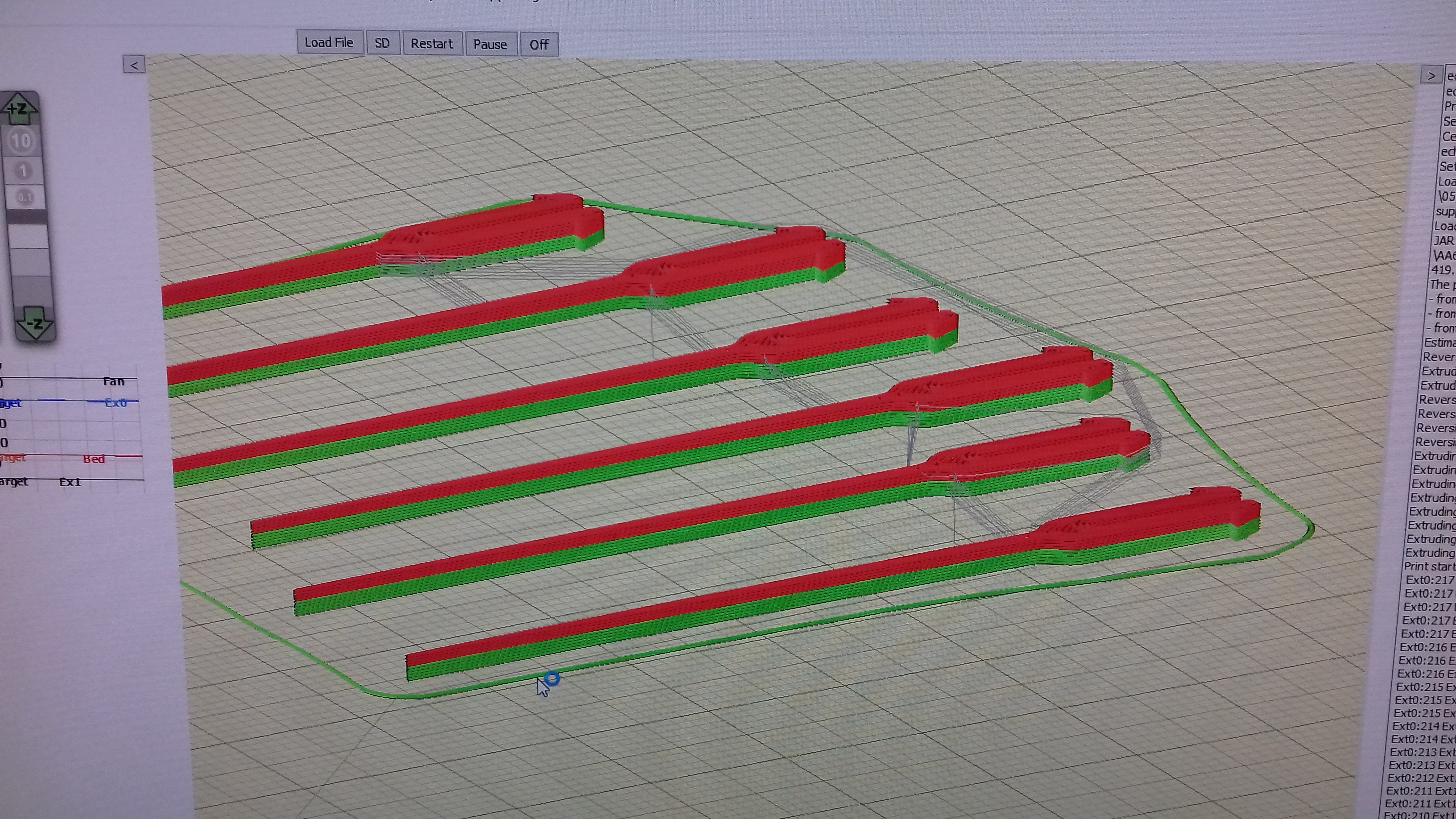
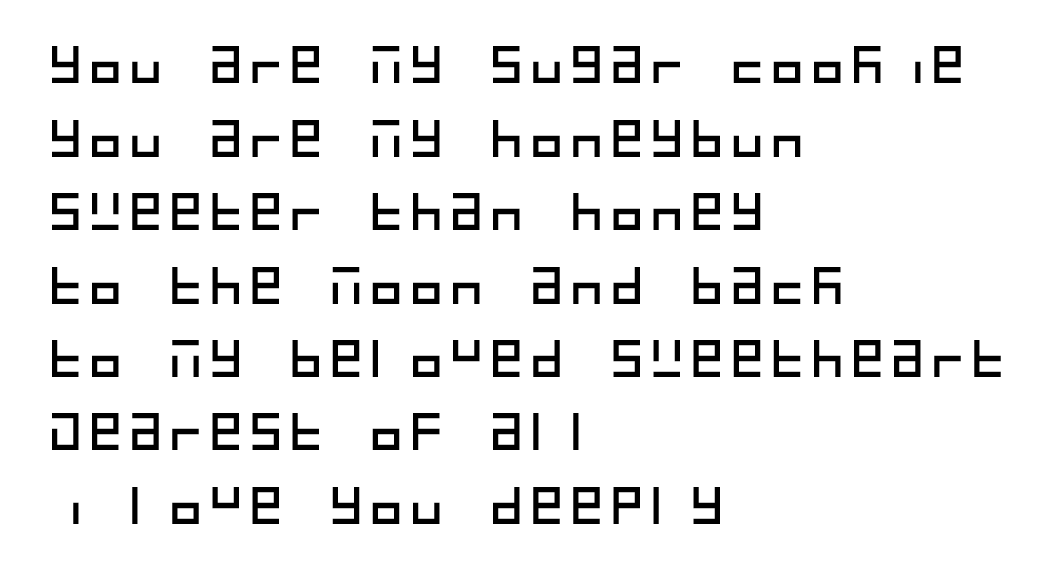
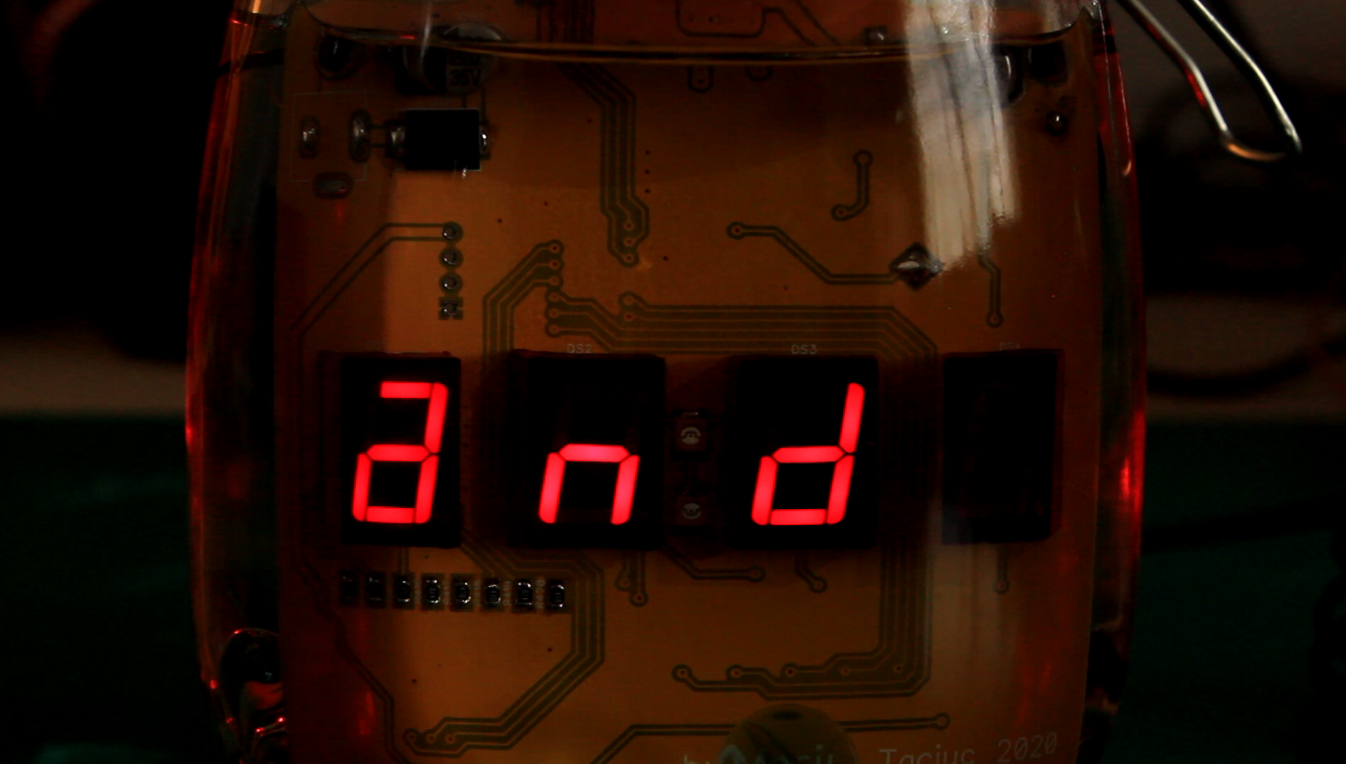
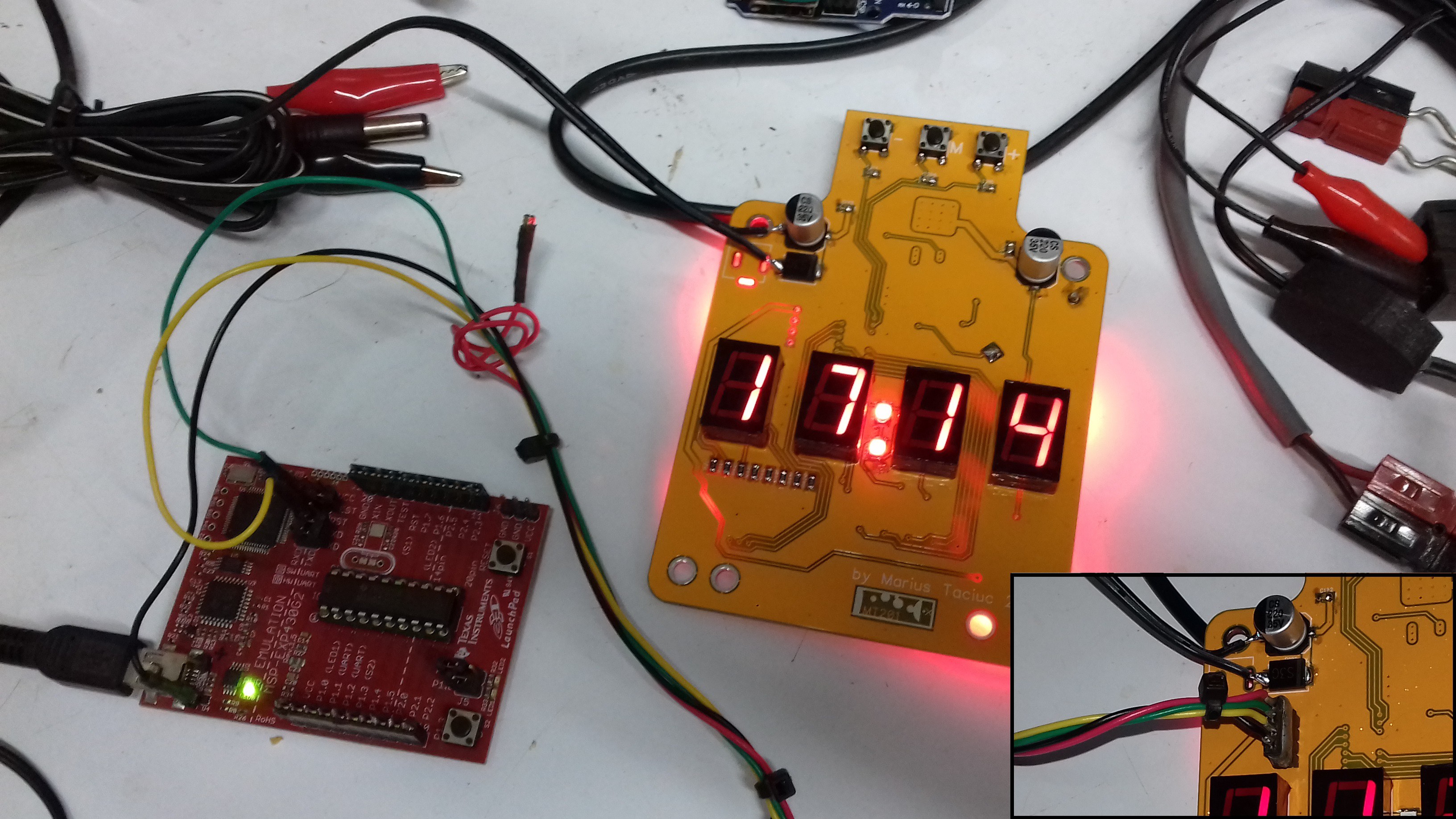
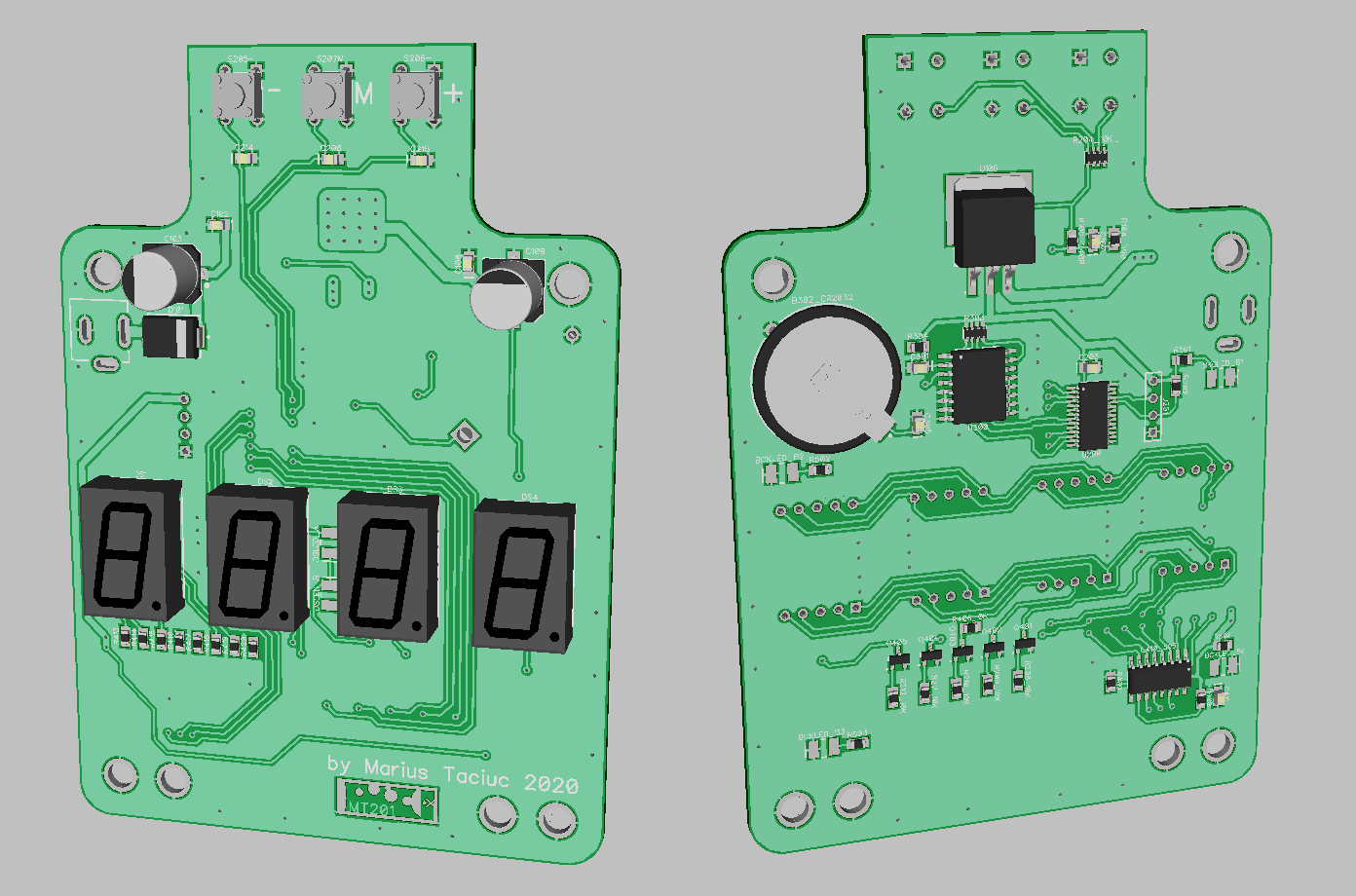
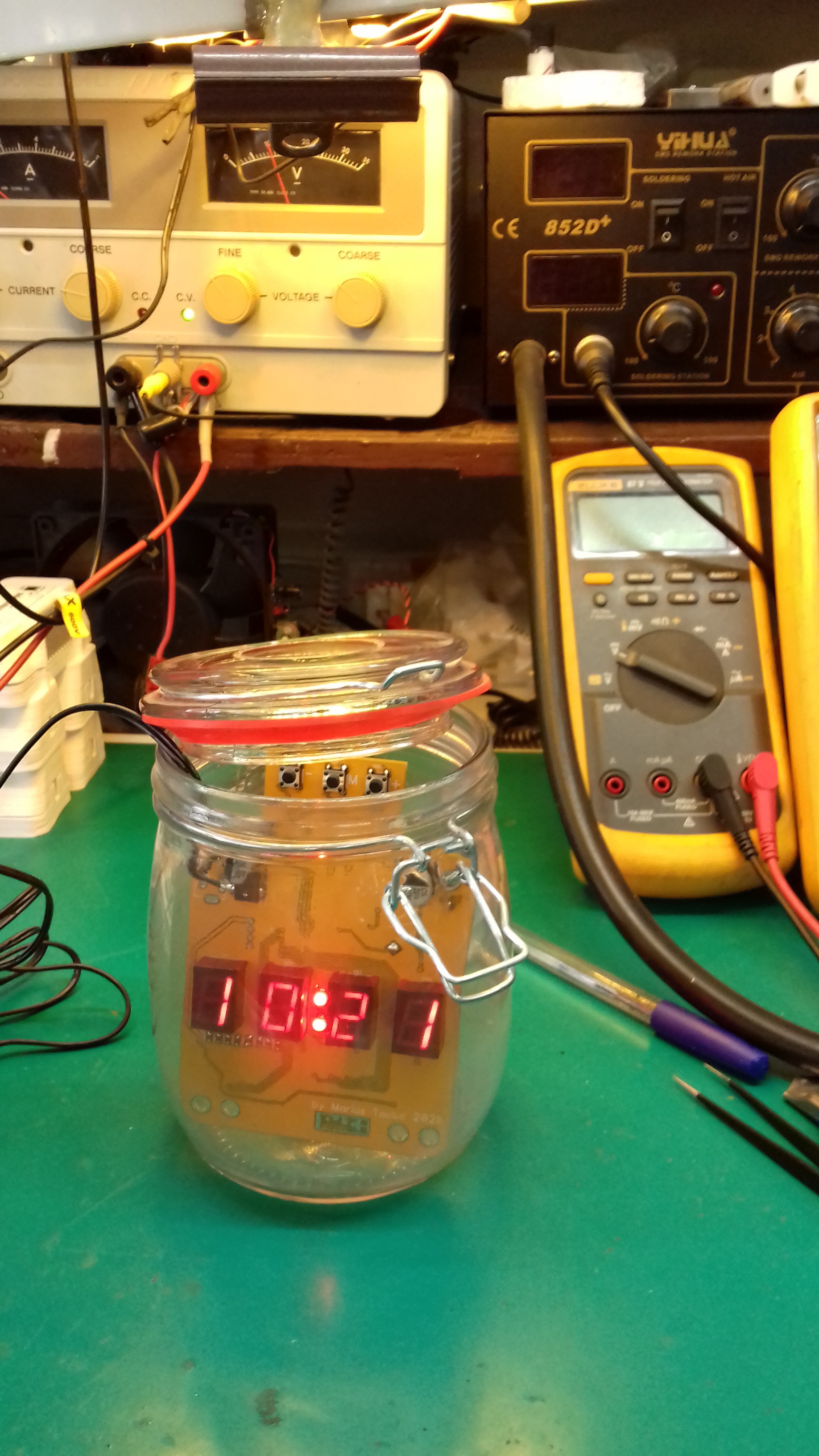


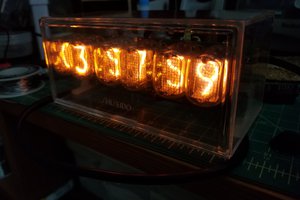
 sjm4306
sjm4306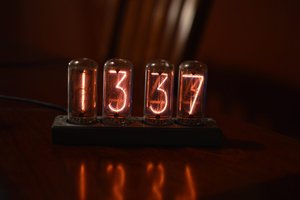
 Gary Marsh
Gary Marsh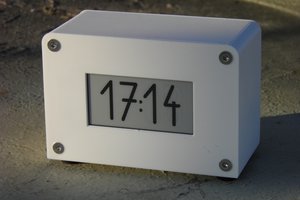
 Daniel Zilinec
Daniel Zilinec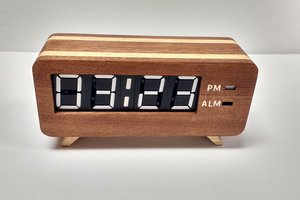
 Spencer
Spencer
I dedicate this project to my sweet wife, Mihaela. This year we celebrate 10yrs of marriage.